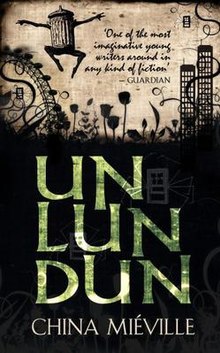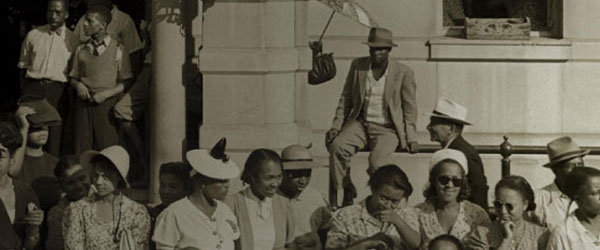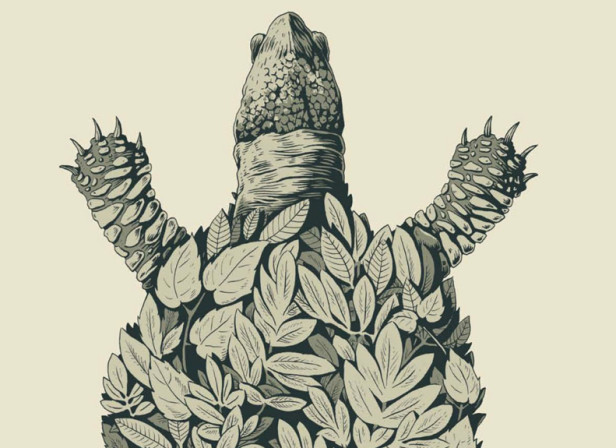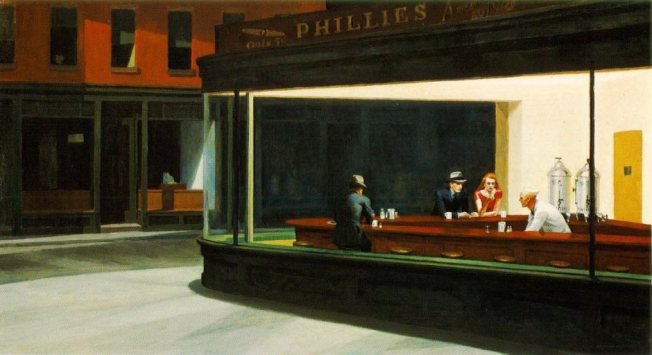 Honestly, 1.5 stars. (Book club choice)
Honestly, 1.5 stars. (Book club choice)
Un Lun Dun is Miéville’s foray into young adult fiction, and despite Goodread’s description, there’s little reward for adult readers of this one aside from a few small references to connections between some historic London legislation and this fictional, reverse of the city (either above or below the real London, it’s never very clear). My sense is that this narrative would be more suitable for ~8-13-year-olds, but would probably lose the interest of older teenagers. The language is intended to be adapted to a younger audience, but the tonal shift in dialogue or general stretches of inaction is awkward and overly self-conscious. The story establishes heavy-handed plot devices and shifts, and despite its notable length, the most interesting action is limited to about a third of the overall book.
Some concepts were interesting – the jungle house, the puzzle district, smog-animated corpses, utterlings – but the majority of this book demanded a considerable amount of attention for tedious over-explanation and patient endurance while one idea after another was vaguely attempted and then discarded. How a 500-page can seemingly change its mind about properly taking on a quest is beyond me.
I did find it interesting to consider whether Miéville had successfully retained his authorial voice and write a weird fiction / steampunk narrative aimed more for young readers with a comparatively leveled vocabulary, and it does seem like he maintained his familiar style, vision and creativity, but I’ll have a better sense of this when I do finally read the Bas-Lag series.
 In the Warmth of Other Suns, Isabel Wilkerson tells the story of a migration of more than six million African Americans migrating from the states of the Old Confederacy between 1915 and 1970. She put 15 years of research into this work, interviewing 1,200 people along the way, and ultimately tells the previously untold story of the Great Migration. She focuses on three individuals who experienced their own migration over different decades, heading in different directions, with different motivations and socioeconomic backgrounds to give the extensive work a sense of convergence. The title is taken from Richard Wright, who experienced his own migration, leaving Mississippi in the 1920s for Chicago to “feel the warmth of those other suns.”
In the Warmth of Other Suns, Isabel Wilkerson tells the story of a migration of more than six million African Americans migrating from the states of the Old Confederacy between 1915 and 1970. She put 15 years of research into this work, interviewing 1,200 people along the way, and ultimately tells the previously untold story of the Great Migration. She focuses on three individuals who experienced their own migration over different decades, heading in different directions, with different motivations and socioeconomic backgrounds to give the extensive work a sense of convergence. The title is taken from Richard Wright, who experienced his own migration, leaving Mississippi in the 1920s for Chicago to “feel the warmth of those other suns.”
 The People in the Trees’ is a deep exploration of moral relativism, and especially in disruption (of ecology, of culture) in the name of science all through the lens of Norton Perina’s unusual story.
The People in the Trees’ is a deep exploration of moral relativism, and especially in disruption (of ecology, of culture) in the name of science all through the lens of Norton Perina’s unusual story.


